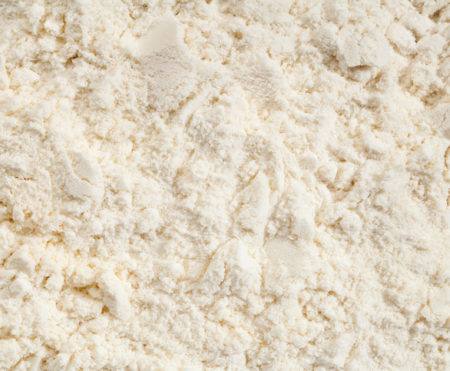You’ve done it! 26.2 miles have come to an end and you have joined the marathon masses.
Now is undoubtedly the time to treat yourself, but recovery is also key. Take 10-15 minutes at the end of your race to properly hydrate, re-fuel and cool-down. Future You will thank you for it!
Nutrition
After the race, there is no doubt that there will be many things you want to think about, but try to get some nutrients in as soon as you can. The two nutrients that are most important for recovery are carbohydrates and protein. Carbohydrates will be needed to replenish your muscle glycogen (fuel stores) and protein is needed to start the process of muscle repair. Therefore, it is important that you try to eat something that contains both carbohydrates and protein as soon as possible to kick start the recovery process.
A great way to do this is in the form of recovery shakes such as the Etixx Recovery Shake. This is easy to make and drink at the end of your marathon and contains carbohydrates, protein and lots of vitamins and minerals. Following on from this, try to have a proper recovery meal around two hours after finishing the marathon. This should contain some carbohydrates and some protein alongside vitamins and minerals. A great example would be a large baked potato with grilled chicken and side salad.
Not only that, but during the marathon you would have lost as lot of fluid and therefore you should try to replace this as soon as possible, certainly within four hours. To monitor hydration status, check your urine colour. Urine should be a light straw colour for optimal hydration. Recovery is really important for helping to refuel and repair your muscles from an extremely challenging event so try to follow some guidelines. It will help to get you back to normal as quickly as possible. However, don’t be afraid to indulge a little bit – you have just run a marathon after all!
Cool-down and stretch
While it is going to be very tempting to do nothing but sit all afternoon, do try to get some sort of cool-down and stretch in. This cool-down doesn’t have to be very strenuous; it can simply be a walk to get the blood flowing through your legs. Follow this with a good stretch to help avoid aches and pains the next day. Follow a whole-body stretch routine and make sure you take some time to carefully execute each stretch. This session should take a while and it will make a big difference in how you feel in the days after.
Massages
Massages are a great way to stimulate recovery as they help to loosen the muscles, remove any muscle knots and encourage blood flow. If you aren’t lucky enough to have someone willing you give you a massage, try using a foam roller or something hard like a cricket ball.
Place these on the floor and lie down on top of it with the pressure of the foam roller or ball on the point that you want to massage. Then simply roll over it, ensuring that all your body weight is on the object. Your body works to apply the pressure and the object acts as the masseuse. Although these can be a bit painful, they are a really good way to encourage blood flow and stimulate recovery.
Ice Baths
Having an ice bath might seem very unappealing, but many pro athletes use them to help in the recovery process. The idea behind them suggests that immersion in cold water will cause blood vessels to constrict and upon warmth, they will dilate again and flush out any waste products. This could help to reduce swelling and slow tissue breakdown.
To do this, buy a few bags of ice, fill a bath with cold water and add the ice to it. Lower yourself into the bath and ensure your legs are completely submerged and try to last as long as you can- around 10 minutes should be enough for a benefit!
Charlotte Kennedy is a sports nutritionist at Etixx. For more information on Etixx sports nutrition, visit www.etixxsports.com







